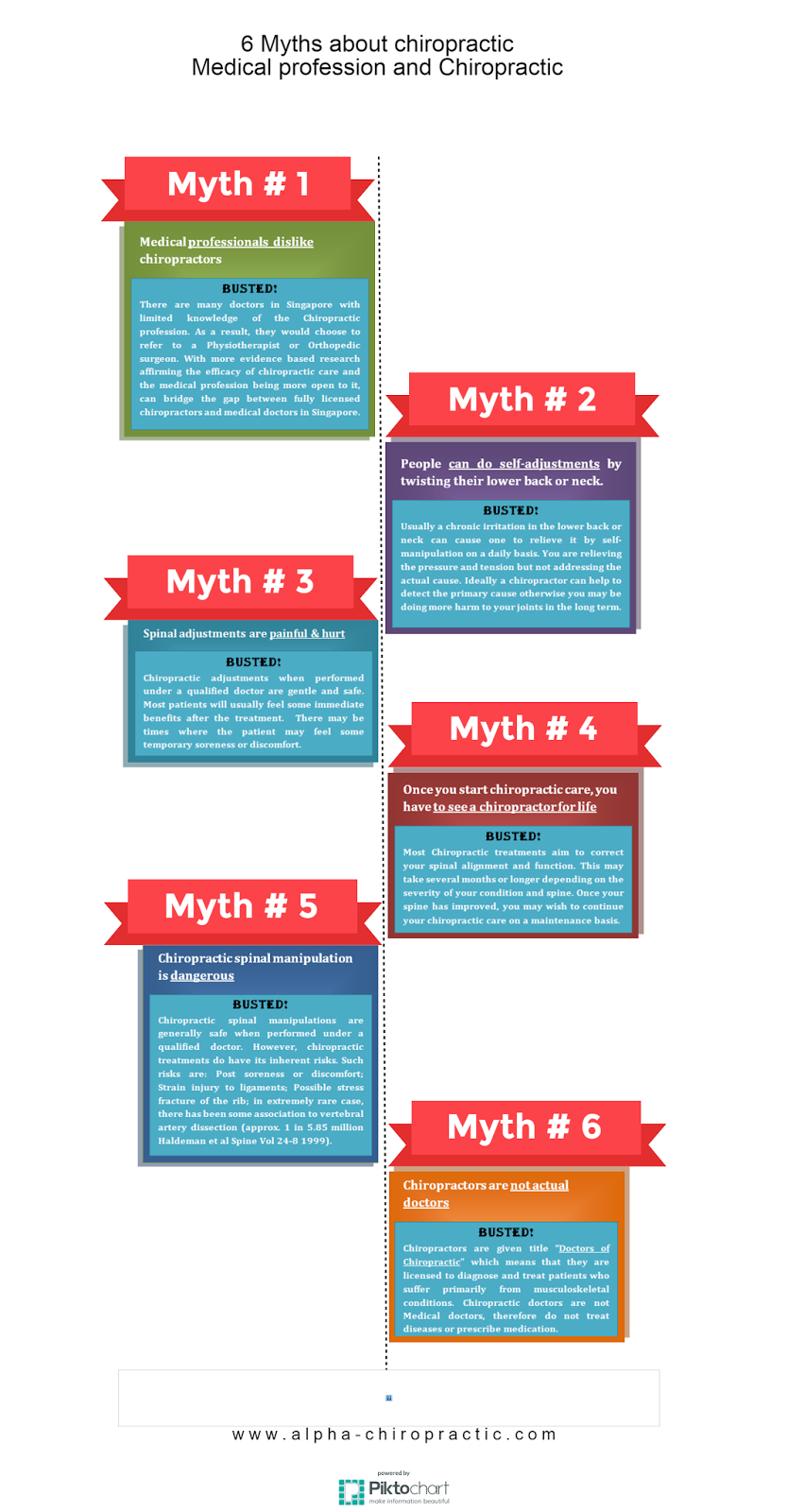Just When You Believe Alleviation Is Near, Soft Tissue Therapy Reveals Its Unpleasant Realities-- Uncover Why The Process Can Be Excruciating Yet Advantageous
Just When You Believe Alleviation Is Near, Soft Tissue Therapy Reveals Its Unpleasant Realities-- Uncover Why The Process Can Be Excruciating Yet Advantageous
Blog Article
Content By-Carstens Saleh
When you go through soft Tissue therapy, you may locate it surprisingly unpleasant. This discomfort emerges as pressure is put on stressful muscular tissues and damaged tissues, activating your pain receptors. While it can feel distressing in the moment, there's a reason behind this sensation. Recognizing what takes place in your body throughout these therapies can assist you appreciate the procedure. So, just what is going on underneath the surface area?
The Physiology of Discomfort Throughout Soft Tissue Therapy
When you undertake soft Tissue treatment, your body's action to discomfort is an intricate interplay of physical procedures. As the therapist applies stress, your body triggers discomfort receptors, sending out signals to your mind. This sets off the release of neurotransmitters, such as substance P and glutamate, which intensify the sensation of discomfort.
Your muscles may also tighten in reaction, more making complex the experience. Additionally, your body may release endorphins, natural pain relievers that can assist minimize some pain.
The communication in between these procedures can develop an unique experience for each and every person. Understanding https://www.chiroeco.com/chiropractic-commercial/ navigate the sensations during treatment, permitting you to appreciate the equilibrium in between discomfort and the capacity for healing advantages.
The Role of Discomfort in the Healing Process
Although discomfort during soft Tissue therapy can feel frustrating, it plays a crucial duty in the recovery process. When you experience discomfort, your body is signaling that it's working to fix damaged tissues. This action helps raise blood circulation to the afflicted location, providing crucial nutrients and oxygen required for healing.
Additionally, discomfort can advertise the launch of endorphins, your body's natural painkillers, creating a feeling of alleviation post-treatment. Accepting this pain can assist you recognize your body's limits and motivate you to resolve underlying concerns.
While https://www.google.com/maps/place/Return+to+Play+Institute,+LLC+(Miami)/@25.726017,-80.26406,17z/data=!3m1!4b1!4m6!3m5!1s0x88d9b7b4207e8303:0xb1493a6e0d5a272b!8m2!3d25.726017!4d-80.26406!16s%2Fg%2F11lf8185yp?hl=en&entry=ttu&g_ep=EgoyMDI0MTAwOS4wIKXMDSoASAFQAw%3D%3D , this process is crucial for long-lasting recovery and improved feature. Recognizing discomfort as an important part of healing can empower you to remain committed to your treatment.
Tips for Managing Discomfort During and After Therapy
Taking care of discomfort during and after soft Tissue treatment can substantially enhance your total experience and recovery.
To start, communicate freely with your specialist regarding your pain degrees; they can change methods appropriately. Using deep breathing techniques can likewise help you unwind and relieve pain.
Think about applying ice to the treated area post-session to minimize swelling and numb soreness. Remaining hydrated aids in the recovery procedure, so consume plenty of water.
Mild stretching and light activity after treatment can promote blood flow and ease rigidity. Finally, guarantee you obtain adequate rest to allow your body to heal.
Applying these ideas can make your soft Tissue therapy more convenient and pleasurable.
Final thought
In conclusion, while soft Tissue therapy can be uneasy, it's critical to recognize that this pain plays a vital role in your recovery journey. By comprehending the physiological responses at play, you can approach the treatment with a much more positive attitude. Keep in mind, the first pain commonly paves the way to relief as your body launches endorphins. Accept the process, and do not think twice to utilize the tips for handling discomfort to improve your experience and recovery.
